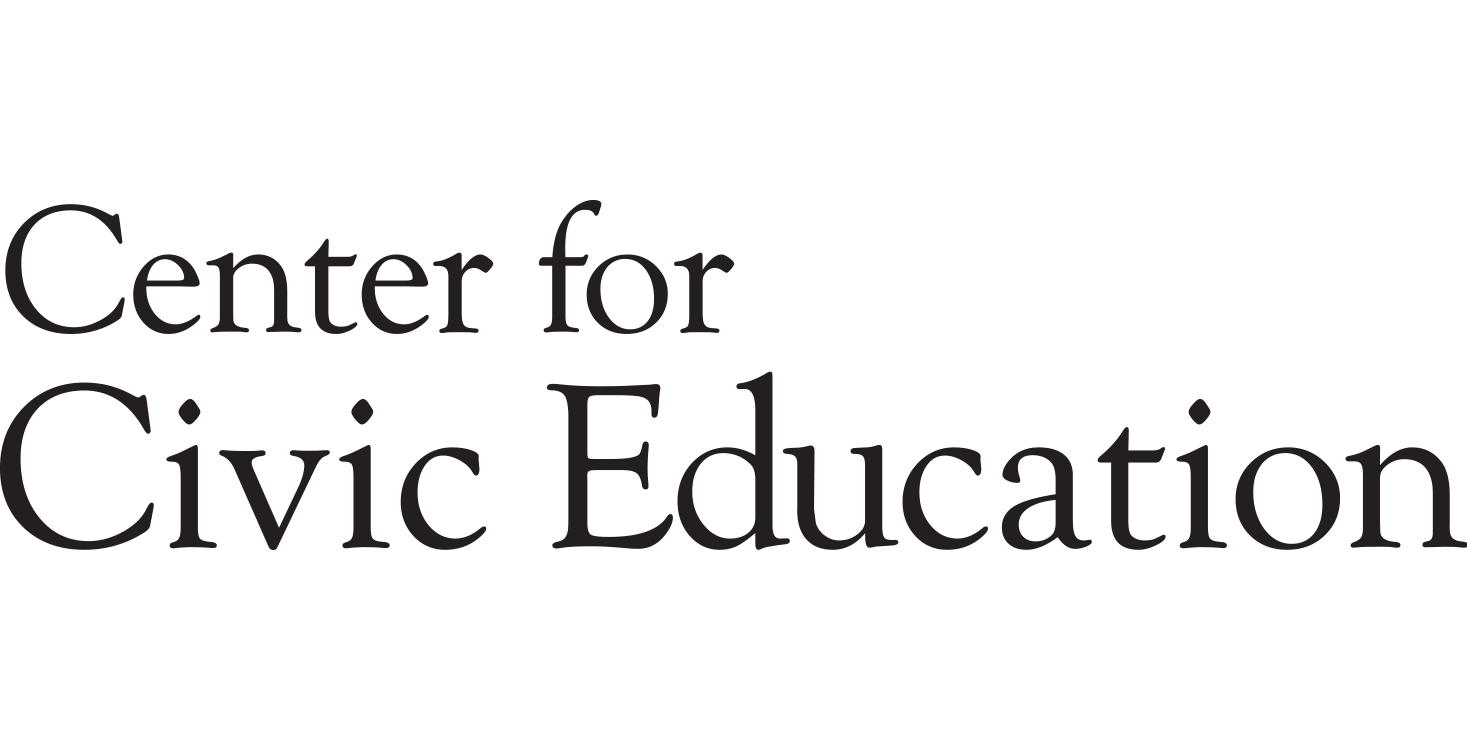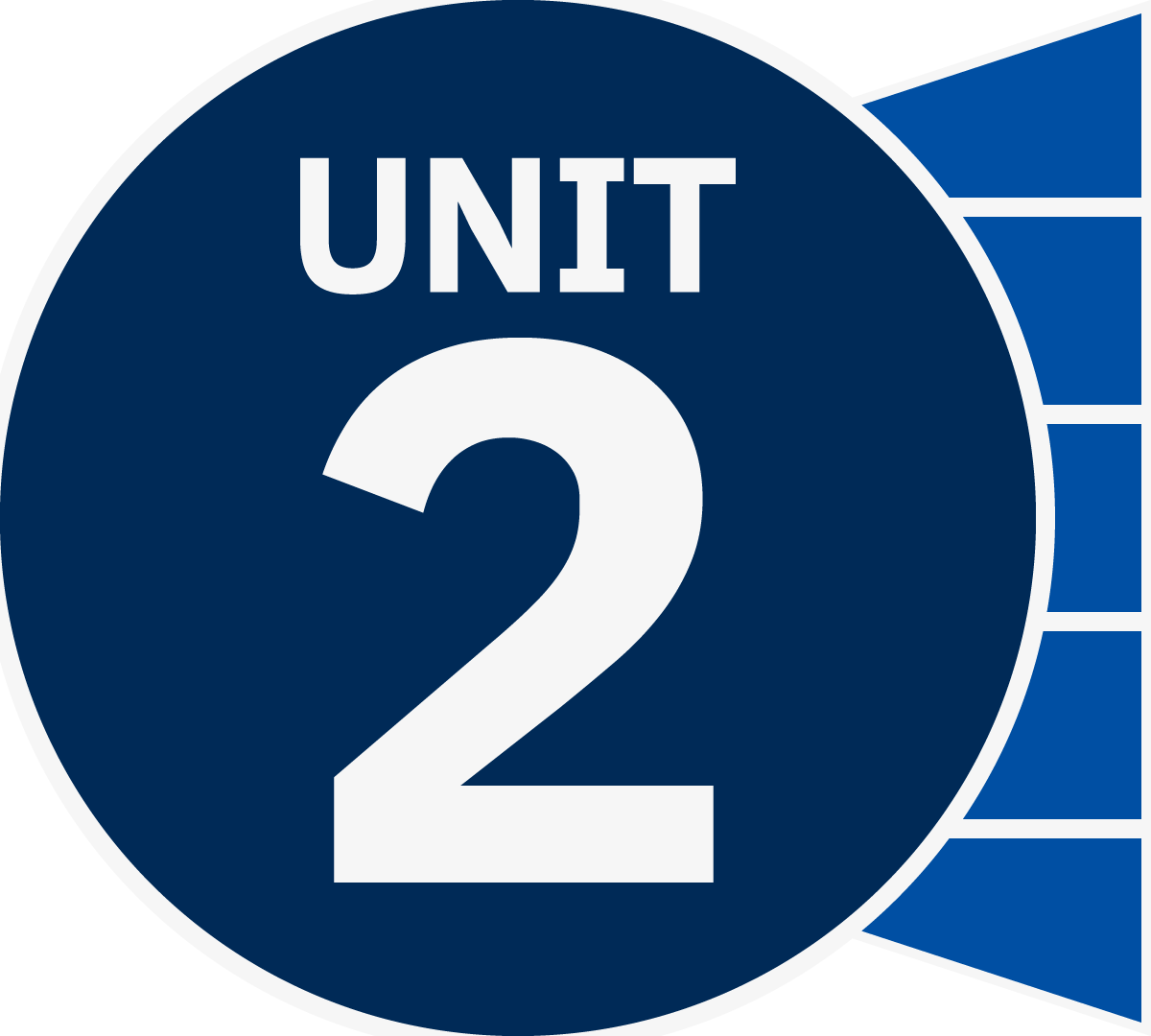Inquiry Companion: Unit 2
In Unit 2 of the We the People: The Citizen & the Constitution textbook, students track how the weakness of the Articles of Confederation ultimately led the Framers to draft the Constitution. Students are introduced to the arguments for and against ratification by the Federalists and Anti-Federalists.
How is the Inquiry Companion Structured?
Unit 2 challenges students to investigate the foundations of federalism. Our Inquiry Companion Guide activities for Unit 2 facilitate student participation in inquiry-based civics learning for each strategy:
Students engage by discussing the position of the convention delegates and explore the difficult history behind the Three-Fifths Compromise. They will explain the historical roots and modern-day complications of the Electoral College. Students then elaborate on the need for compromise in government via a simulation activity. Finally, students will evaluate their new knowledge of the rule of law by crafting their own classroom norms.
Best practices for culturally responsive teaching weave through each activity.
Inquiry Guide Activity
Students apply their knowledge to real-world conversations to explain and solidify their thinking and new understandings with academic language in the form of a structured academic controversy, a Paideia Socratic Seminar, or other deliberation.
In this lesson, students will investigate the role of the Electoral College in the election of the president and vice president. After analyzing, comparing, and contrasting the Electoral College to a direct popular vote, students will participate in a civic conversation to answer our compelling question.
Utilize this Explain strategy activity in order to enhance students’ understanding of the We the People: The Citizen & the Constitution textbook for Level 3, Unit 2, Lesson 9 or Level 2, Unit 3, Lesson 12.
We the People: The Citizen & the Constitution (Level 3)
- Unit 2, Lesson 9: How Was the Philadelphia Convention Organized?
- Unit 3, Lesson 12: Who Attended the Philadelphia Convention? How Was It Organized?
- Attentiveness to political matters
- Listening
- Reading
- Self-awareness
- Self-management
- Speaking
- Explain the purpose of the Electoral College
- Compare and contrast the Electoral College to a direct popular vote
- Participate in a civic conversation to deliberate the effectiveness of the Electoral College in modern elections
- After the Civic Conversation, the self-reflection section of the Civic Conversation Organizer
- Do we still need the Electoral College?
- Electoral College The group of presidential electors who cast the official votes for president and vice president; each state has a number of electors equal to the total of its congressional representation.
- electors People who have the right to vote in an election; also, the members of the Electoral College.
- popular vote The vote for a candidate or issue made by qualified voters, as opposed to a vote made by elected representatives or by members of the Electoral College.
A result of a hard-fought compromise reached by the Framers of the Constitution during the Constitutional Convention, the Electoral College is the system used in the United States to elect the president and vice president. Instead of electing these officials through a direct popular vote, the United States relies on an indirect method established by the Framers in the Constitution of 1787. The Framers debated many options, including popular elections and a suggestion that Congress select the executive without public input.
In the Federalist, Alexander Hamilton summarized how many of the Framers may have felt about the system, noting “that if the manner of it be not perfect, it is at least excellent” (Federalist 68). The Electoral College has evolved over time. with constitutional amendments to improve it, and states have altered the ways they have implemented it.
Under the Electoral College, each state is assigned a certain number of electors based on its total number of senators and representatives in Congress. The District of Columbia also gets a set number of electors. For example, if a state has two senators and four representatives, it would have six electoral votes.
In most states, the candidate who wins the popular vote gets all of that state’s electoral votes. This is often referred to as a “winner-takes-all” system. However, a few states do allow for a split of the vote to multiple candidates by the electors. At the national level, the winner is the candidate who secures a majority of electoral votes, 270 out of 538 is the minimum required to win the presidency.
The process of the Electoral College is established in the Constitution. In December, after the election, electors from each state gather in their respective state capitals to cast their votes for president and vice president. The electoral votes are then counted in a joint session of Congress on January 6, and the winner is officially declared.
The Electoral College system has been a contested issue, garnering much debate over the years. Some contend that the Electoral College ensures that smaller states have an impact on the election process, while others argue that it does not always reflect the will of the people. In the elections of 1876, 1888, 2000, and 2016, the candidate who won the popular vote did not win the presidency.
Additional resources for teacher background include the following:
Teachers should preview all student materials and resources prior to the lesson.
Part 1
- Welcome students to social studies.
- Introduce the inquiry question: “Do we still need the Electoral College?”
- Allow students time to make a prediction about the inquiry question as well as offer their own supporting questions.
- Provide clarification between the Electoral College and a direct popular vote. Offer popular vote examples that the students may be familiar with, such as voting for student council, mayor, congressional representatives, etc.
- Tell students that today we will investigate the purpose of the Electoral College and participate in a civic conversation.
- Play Voting, Elections, and Representation, Part 38: How the Electoral College Works. While students watch, tell them to listen for the role of the Electoral College in electing our president.
- Play the video a second time to ensure comprehension, if needed.
- Allow time for a brief discussion or an opportunity for students’ questions.
- Tell students that the idea of a college of electors is another outcome of the compromise that occurred at the Constitutional Convention.
- Using your normal routine for establishing groups, divide students into groups of three or four.
- Distribute What Is the Electoral College?
- Review the Annotation Station as a class to ensure students understand the expectations. Model annotation strategies as needed.
- ❍ Circle words you don’t know, and take a moment to find the definition.
- Highlight in YELLOW phrases that confuse you. Use context clues to try and figure out their meaning.
- Highlight in BLUE items you find most important.
- ✩ Star the items that make you wonder and wish to explore further.
- Circulate around the room, encouraging each group, observing progress, and redirecting as needed.
- If time allows, you may consider playing one of these fun videos:
- Distribute Electoral College vs. Direct Popular Vote.
- Students will continue to work in groups as they investigate the difference between the Electoral College and a direct popular vote.
- Review the Annotation Station as a class to ensure students understand the expectations. Model annotation strategies as needed.
- ❍ Circle words you don’t know, and take a moment to find the definition.
- Highlight in YELLOW phrases that confuse you. Use context clues to try and figure out their meaning.
- Highlight in BLUE items you find most important.
- ✩ Star the two points you find to be the most important evidence.
- Tell students the evidence they starred will be used in our civic conversation, so it is important to choose wisely.
- Circulate around the room, encouraging each group, observing progress, and redirecting as needed.
Part 2
- Thank students for their work and acknowledge that they are scholars on the Electoral College.
- To conduct the civic conversation, consider arranging desks in a circle so that all students can see and hear each other.
- Inform students that, as a class, we will now participate in a civic conversation about the Electoral College.
- Distribute copies of the Civic Conversation Organizer and ask students to set a goal for themselves that will help the flow and meaning of this activity using the Before the Civic Conversation section.
- Agree upon a class goal and indicate it on the Civic Conversation Organizer as well.
- Remind students of our inquiry question: “Do we still need the Electoral College?”
- To facilitate the civic conversation, encourage all students to take turns in participating as you ask the following questions:
- In what ways is the Electoral College an example of compromise by the Framers?
- Do you think states with a smaller population prefer the Electoral College or a direct popular vote?
- Where do you think states with larger populations stand?
- Is the Electoral College representative of our democratic values? Does the Electoral College represent everyone?
- Why do you think we still use the Electoral College today, over 230 years after the ratification of the Constitution?
- In what ways might a shift to a direct popular vote increase opportunities for minor parties or independent candidates?
- Which process best represents the will of the people? Why?
- Do we still need the Electoral College? Why or why not?
- Congratulate students on their participation in today’s civic conversation.
Students will demonstrate mastery of the concepts surrounding the Electoral College by participating in a civic conversation and completing the After the Civic Conversation self-reflection found in the Civic Conversation Organizer.














